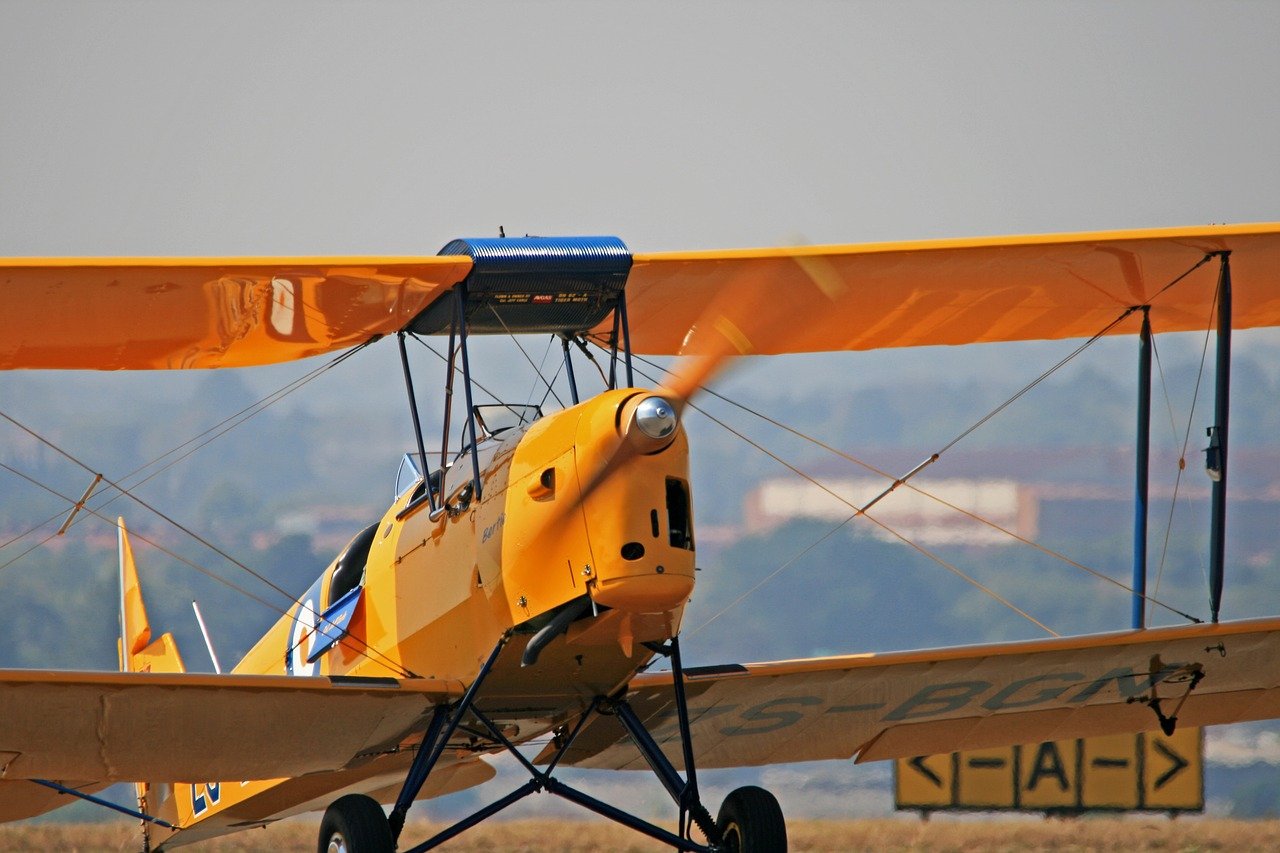Revolutionizing Ground Handling: The Mechanics Behind Towbarless Tugs
In the bustling world of aviation, efficiency on the ground is just as crucial as it is in the air. From taxiing aircraft to loading and unloading cargo, every aspect of ground handling plays a vital role in ensuring smooth operations at airports worldwide. Towbarless tugs have emerged as a game-changer in this domain, offering a more efficient and versatile solution for maneuvering aircraft on the ground. Let’s delve into the mechanics of towbarless tugs and explore how they work to streamline ground handling operations.
Understanding Towbarless Tugs: A Brief Overview
Towbarless tugs, also known as aircraft tractors or aircraft movers, are specialized vehicles designed to tow aircraft without the need for a traditional towbar. Unlike conventional tugs, which require attaching a towbar to the aircraft’s nose gear, towbarless tugs use integrated lifting mechanisms to securely lift and maneuver aircraft from the nose landing gear.The Role of Hydraulics: Powering Precision Movement
At the heart of towbarless tugs are advanced hydraulic systems that provide the power needed to lift and move aircraft with precision and control. These hydraulic systems utilize high-pressure fluid to operate lifting arms and steering mechanisms, allowing operators to maneuver aircraft safely and efficiently on the ground.Lifting Aircraft Safely: The Mechanism Behind the Magic
Towbarless tugs employ sophisticated lifting mechanisms to securely raise the nose landing gear of an aircraft, eliminating the need for manual attachment of towbars. These lifting arms are carefully positioned to cradle the aircraft’s nose gear, ensuring a secure connection that can withstand the forces encountered during towing operations.Maneuvering with Precision: Steering and Control Systems
In addition to lifting capabilities, towbarless tugs are equipped with advanced steering and control systems that allow for precise maneuvering of aircraft on the ground. These systems may include hydraulic steering mechanisms, electronic controls, and joystick interfaces, providing operators with intuitive control over the direction and speed of movement.Versatility and Adaptability: Handling Various Aircraft Types
One of the key advantages of towbarless tugs is their versatility in handling a wide range of aircraft types and sizes. Whether it’s a narrow-body jet, a wide-body airliner, or even a private aircraft, towbarless tugs can accommodate different configurations and weight capacities, making them an indispensable tool for ground handling operations at airports of all sizes.Enhanced Efficiency and Safety: The Benefits of Towbarless Tugs
By eliminating the need for towbars and streamlining the towing process, towbarless tugs offer significant benefits in terms of efficiency and safety. With faster turnaround times, reduced manpower requirements, and minimized risk of damage to aircraft, towbarless tugs help airlines and ground handling operators optimize their operations and enhance overall safety standards.Conclusion
Towbarless tugs have revolutionized ground handling operations in the aviation industry, offering a more efficient, versatile, and safer solution for maneuvering aircraft on the ground. With advanced hydraulic systems, precision lifting mechanisms, and intuitive control systems, these innovative vehicles have become indispensable assets at airports worldwide, contributing to smoother operations and enhanced safety standards in the dynamic world of aviation.RECENT POSTS
Pegasus Airlines neemt Smartwings en Czech Airlines over voor 154 miljoen euro
Pegasus Airlines neemt Smartwings en Czech Airlines over voor 154 miljoen euro
The psychology of travel: How to avoid stress and addictive habits in airports
Why Flight Trackers and Casino Players Use the Same Risk Assessment Skills
Online Casino Games for Aviation Enthusiasts and Travelers
META
CATEGORIES
















 Gold-dev
Gold-dev May 10th, 2024
May 10th, 2024 0 Comments
0 Comments


Leave a reply